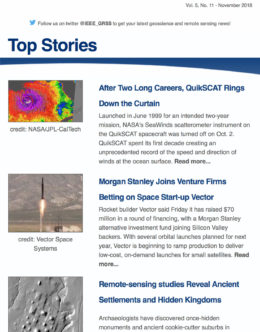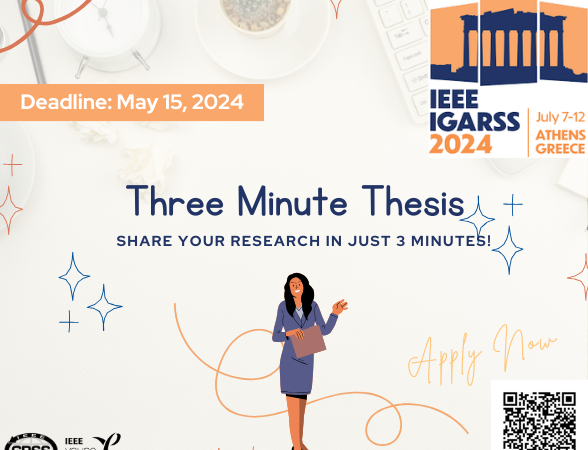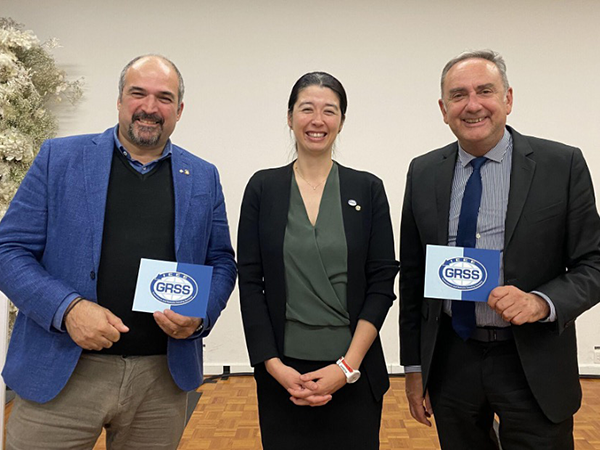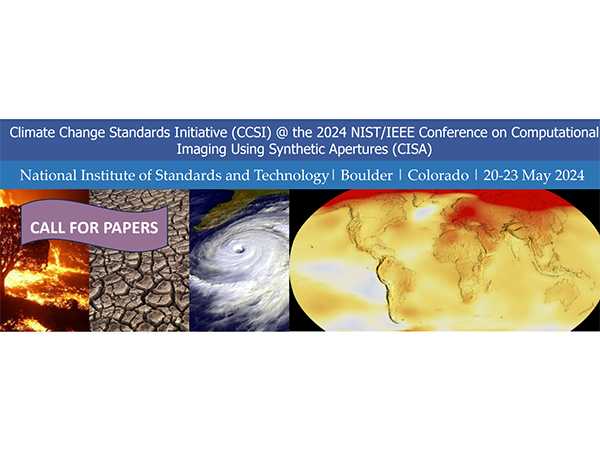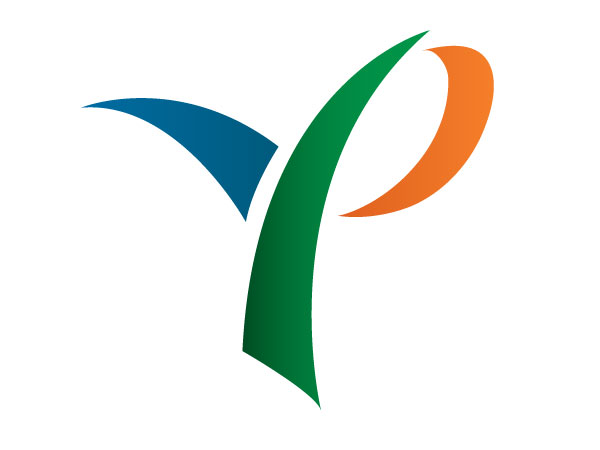Tuesday, October 22, 2019
11 AM Eastern Time
Speaker: Pontus Olofsson, Boston University, USA
Sponsored by GRSS and The Washington DC/Northern VA Local GRSS Chapter
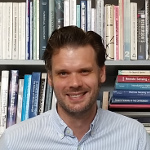

Why and How: Sample-Based Estimation of Area and Map Accuracy
Classifying space-borne measurements of reflected sunlight into complex land surface processes like deforestation are bound to generate imperfect results. The magnitude and impact of classification errors in maps of land cover and land cover change remain unknown until the accuracy of the map has been estimated. Further, the presence of errors prohibits “pixel-counting” to obtain the areas of classes of land cover and land change classes. “Pixel-counting” refers to methods that produce areas as sums of map units assigned to map classes, and generally make no provision for accommodating the effects of map classification errors. What is required are observations of the reference conditions on the land surface at locations selected by probability sampling of the study area. This sample data (or reference data or accuracy assessment data) enable adjustment for classification errors by the application of an unbiased estimator. The use of a variance estimator corresponding to the sampling design allows for uncertainty quantification in the form of a confidence intervals. The free data policies of Landsat and Sentinel-2 combined with the emergence of powerful computing platforms such as Google Earth Engine, have facilitated the sampling of study areas and the collection of reference observations. In this presentation, approaches to accuracy and area estimation are illustrated and new cloud-based applications to facilitate sample-based estimation are discussed. Obstacles and issues to sample-based estimation and potential solutions are also discussed.
SPEAKER’S BIO:
Pontus Olofsson received his education in physical geography and mathematical statistics at Lund University, Sweden, and is currently a research faculty member in the Department of Earth & Environment at Boston University. He is serves on the science teams of the NASA CMS, LCLUC and SERVIR programs. In recent years, he has been actively involved in capacity building efforts aimed at reducing terrestrial carbon emissions in tropical countries.









